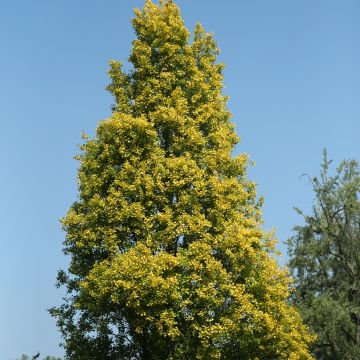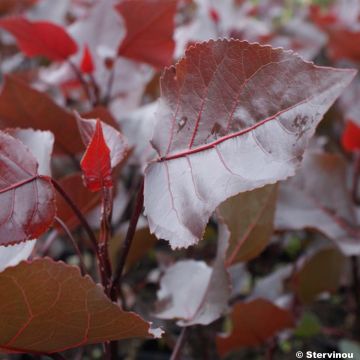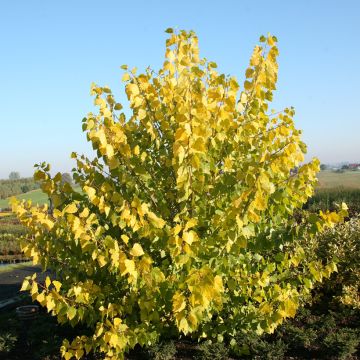

Populus alba - White Poplar
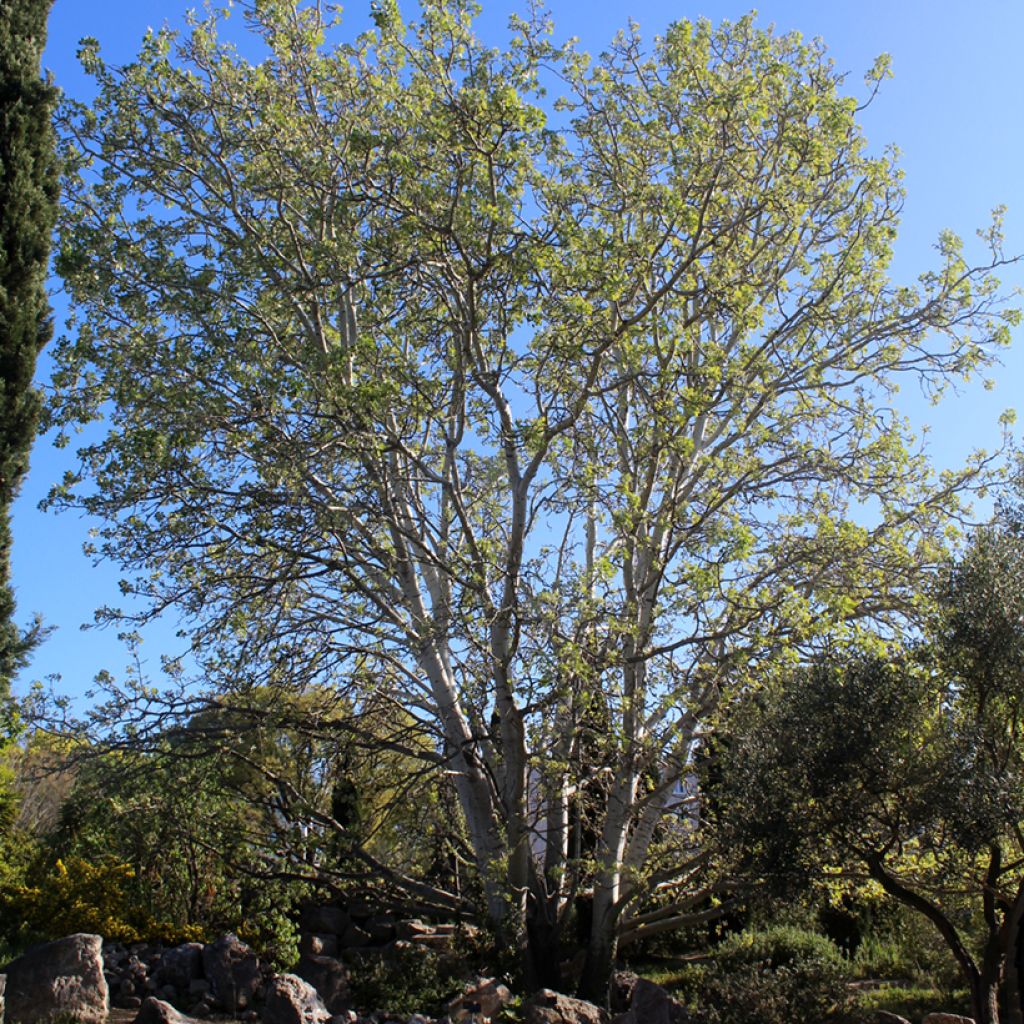

Populus alba - White Poplar


Populus alba - White Poplar


Populus alba - White Poplar
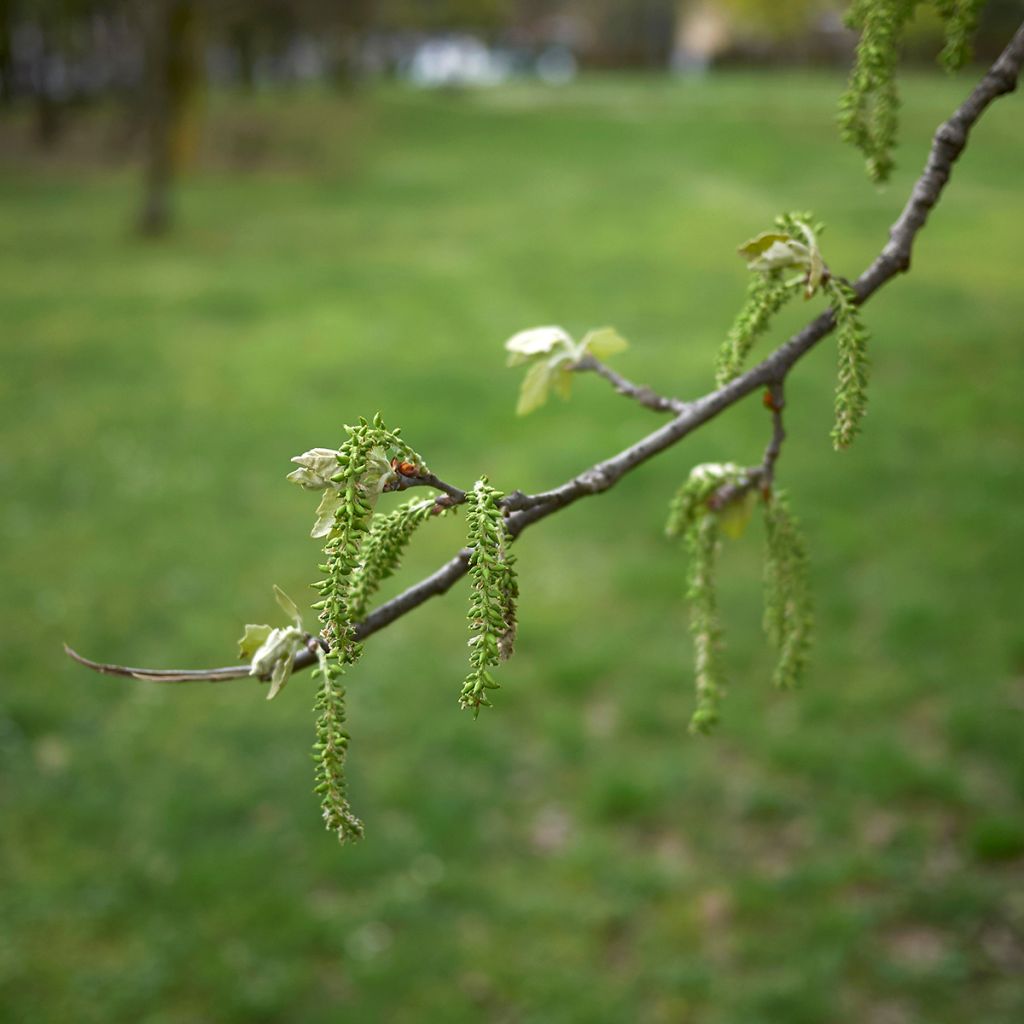

Populus alba - White Poplar


Populus alba - White Poplar


Populus alba - White Poplar


Populus alba - White Poplar


Populus alba - White Poplar


Populus alba - White Poplar


Populus alba - White Poplar
Populus alba - White Poplar
Populus alba
White Poplar, Silver-leaved Poplar, Abele, Abbey, Dutch Beech, Silver-leaved Poplar, White Asp
Why not try an alternative variety in stock?
View all →This plant carries a 24 months recovery warranty
More information
We guarantee the quality of our plants for a full growing cycle, and will replace at our expense any plant that fails to recover under normal climatic and planting conditions.
Oversize package: home delivery by special carrier from €6.90 per order..
Express home delivery from €8.90.
Does this plant fit my garden?
Set up your Plantfit profile →
Description
Populus alba, also known as the Dutch Beech, White Poplar, or Silver-leaved Poplar, is a fast-growing tree of a medium to large size and with a more or less conical habit. Its grey-white trunk is not without interest, but it is its leaves, with their truly white undersides, that give it its name. Very hardy, it also withstands heat well, and while it appreciates humidity and the proximity of water sources, it is also quite resistant to drought once well established. An interesting tree for the back of borders or as an avenue tree in large spaces.
The White Poplar belongs to the Salicaceae family, whose two most well-known genera are Willows and Poplars, but which also includes some ornamental members with a more limited distribution, such as Idesia or Azara.
It is native to central and southern Europe, central and western Asia. This species is found in many areas including North Africa, as well as in colder climates of central Europe, demonstrating its great climatic adaptability. It is a tree that enjoys sunlight, preferring neutral to alkaline soils and growing at low altitudes ,less than 900 m (2953ft). It prefers to be planted in wet locations, such as riverbanks, but it also tolerates relatively dry soils better than other species in the genus. In its natural habitat, it reaches heights of 20 to 30 m (66 to 98ft), with a habit that can be either erect and conical, or slightly spreading with a rounded crown.
This botanical species has spread to parks and gardens because it has a number of advantages. Its tolerance to different types of soils and climates makes it an easy plant to grow, even by the seaside as it tolerates salt spray well. From an ornamental point of view, it is attractive with its deciduous foliage, dark green on the upper surface and covered with a white fuzz on the undersides, which gives its foliage a silvery hue when the wind blows through the leaves. The alternate leaves are medium-sized ,6 to 12 cm (2 to 5in), and usually divided into 3 to 5 lobes, but they exhibit a highly pronounced polymorphism: some can be almost oval. A dioecious plant, individuals are either female or male. Blooming occurs in March-April, in the form of large hairy catkins, whitish-grey in female subjects (later producing 6 to 10 cm (2 to 4in) long spikes of fruits), and red in males.
The trunk has a light, whitish-grey colour that is aesthetic and as it ages, curious diamond-shaped pores appear on the bark surface. It grows rapidly, especially in the first few years, reaching 25 to 30 m (82 to 98ft) in height and 12 to 15 m (39 to 49ft) in spread. Equipped with a powerful and shallow root system, it can produce suckers. It is advisable not to plant it too close to a dwelling ,keep a safe distance of 15 to 20 m (49 to 66ft), and it is therefore more suitable for a large garden. It can live for several centuries, sometimes developing multiple trunks. This tree is very hardy to -30°C.
Due to its size and suckering habit, Populus alba is suitable for large spaces, where it can be planted as a specimen tree, in large hedges, or along the edge of a pond. Its silvery foliage can then be reflected in the water, creating a romantic scene. In these moist conditions, it can be accompanied by Alnus glutinosa Imperialis, a compact alder with astonishing finely-cut foliage resembling that of a fern. In the foreground, Gunnera manicata, or Giant Brazilian Rhubarb, will create a contrast with its gigantic leaves. This moderately hardy perennial can tolerate cold climates provided it is given winter protection for the stump.
Report an error about the product description
Populus alba - White Poplar in pictures


Plant habit
Flowering
Foliage
Botanical data
Populus
alba
Salicaceae
White Poplar, Silver-leaved Poplar, Abele, Abbey, Dutch Beech, Silver-leaved Poplar, White Asp
Central Europe
Other Populus - Poplar
Planting and care
Plant Populus alba in neutral to calcareous, loose and light, or even clay or heavy soil. It likes moist to wet soils, such as riverbanks, but tolerates relatively dry conditions better than other species, even tolerating sea spray and slightly salty soils. However, it requires a well-sunlit position.
It should be planted away from buildings, as its root system is very extensive. Dig a hole which is 50 cm (20in) in all dimensions and add leaf compost or ericaceous compost to the existing soil. Soak the root ball in a bucket for 20 minutes, place it in the hole, backfill, and water abundantly. During the first two years, it is advisable to water it regularly to promote root growth, and then only during periods of drought.
If necessary, perform maintenance pruning before foliage appears, removing diseased or dead wood and crossing branches.
Planting period
Intended location
Care
This item has not been reviewed yet - be the first to leave a review about it.
Haven't found what you were looking for?
Hardiness is the lowest winter temperature a plant can endure without suffering serious damage or even dying. However, hardiness is affected by location (a sheltered area, such as a patio), protection (winter cover) and soil type (hardiness is improved by well-drained soil).

Photo Sharing Terms & Conditions
In order to encourage gardeners to interact and share their experiences, Promesse de fleurs offers various media enabling content to be uploaded onto its Site - in particular via the ‘Photo sharing’ module.
The User agrees to refrain from:
- Posting any content that is illegal, prejudicial, insulting, racist, inciteful to hatred, revisionist, contrary to public decency, that infringes on privacy or on the privacy rights of third parties, in particular the publicity rights of persons and goods, intellectual property rights, or the right to privacy.
- Submitting content on behalf of a third party;
- Impersonate the identity of a third party and/or publish any personal information about a third party;
In general, the User undertakes to refrain from any unethical behaviour.
All Content (in particular text, comments, files, images, photos, videos, creative works, etc.), which may be subject to property or intellectual property rights, image or other private rights, shall remain the property of the User, subject to the limited rights granted by the terms of the licence granted by Promesse de fleurs as stated below. Users are at liberty to publish or not to publish such Content on the Site, notably via the ‘Photo Sharing’ facility, and accept that this Content shall be made public and freely accessible, notably on the Internet.
Users further acknowledge, undertake to have ,and guarantee that they hold all necessary rights and permissions to publish such material on the Site, in particular with regard to the legislation in force pertaining to any privacy, property, intellectual property, image, or contractual rights, or rights of any other nature. By publishing such Content on the Site, Users acknowledge accepting full liability as publishers of the Content within the meaning of the law, and grant Promesse de fleurs, free of charge, an inclusive, worldwide licence for the said Content for the entire duration of its publication, including all reproduction, representation, up/downloading, displaying, performing, transmission, and storage rights.
Users also grant permission for their name to be linked to the Content and accept that this link may not always be made available.
By engaging in posting material, Users consent to their Content becoming automatically accessible on the Internet, in particular on other sites and/or blogs and/or web pages of the Promesse de fleurs site, including in particular social pages and the Promesse de fleurs catalogue.
Users may secure the removal of entrusted content free of charge by issuing a simple request via our contact form.
The flowering period indicated on our website applies to countries and regions located in USDA zone 8 (France, the United Kingdom, Ireland, the Netherlands, etc.)
It will vary according to where you live:
- In zones 9 to 10 (Italy, Spain, Greece, etc.), flowering will occur about 2 to 4 weeks earlier.
- In zones 6 to 7 (Germany, Poland, Slovenia, and lower mountainous regions), flowering will be delayed by 2 to 3 weeks.
- In zone 5 (Central Europe, Scandinavia), blooming will be delayed by 3 to 5 weeks.
In temperate climates, pruning of spring-flowering shrubs (forsythia, spireas, etc.) should be done just after flowering.
Pruning of summer-flowering shrubs (Indian Lilac, Perovskia, etc.) can be done in winter or spring.
In cold regions as well as with frost-sensitive plants, avoid pruning too early when severe frosts may still occur.
The planting period indicated on our website applies to countries and regions located in USDA zone 8 (France, United Kingdom, Ireland, Netherlands).
It will vary according to where you live:
- In Mediterranean zones (Marseille, Madrid, Milan, etc.), autumn and winter are the best planting periods.
- In continental zones (Strasbourg, Munich, Vienna, etc.), delay planting by 2 to 3 weeks in spring and bring it forward by 2 to 4 weeks in autumn.
- In mountainous regions (the Alps, Pyrenees, Carpathians, etc.), it is best to plant in late spring (May-June) or late summer (August-September).
The harvesting period indicated on our website applies to countries and regions in USDA zone 8 (France, England, Ireland, the Netherlands).
In colder areas (Scandinavia, Poland, Austria...) fruit and vegetable harvests are likely to be delayed by 3-4 weeks.
In warmer areas (Italy, Spain, Greece, etc.), harvesting will probably take place earlier, depending on weather conditions.
The sowing periods indicated on our website apply to countries and regions within USDA Zone 8 (France, UK, Ireland, Netherlands).
In colder areas (Scandinavia, Poland, Austria...), delay any outdoor sowing by 3-4 weeks, or sow under glass.
In warmer climes (Italy, Spain, Greece, etc.), bring outdoor sowing forward by a few weeks.

































